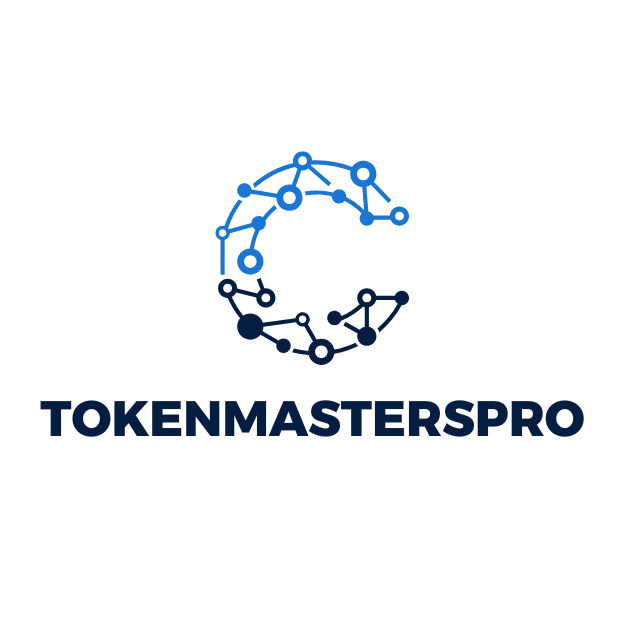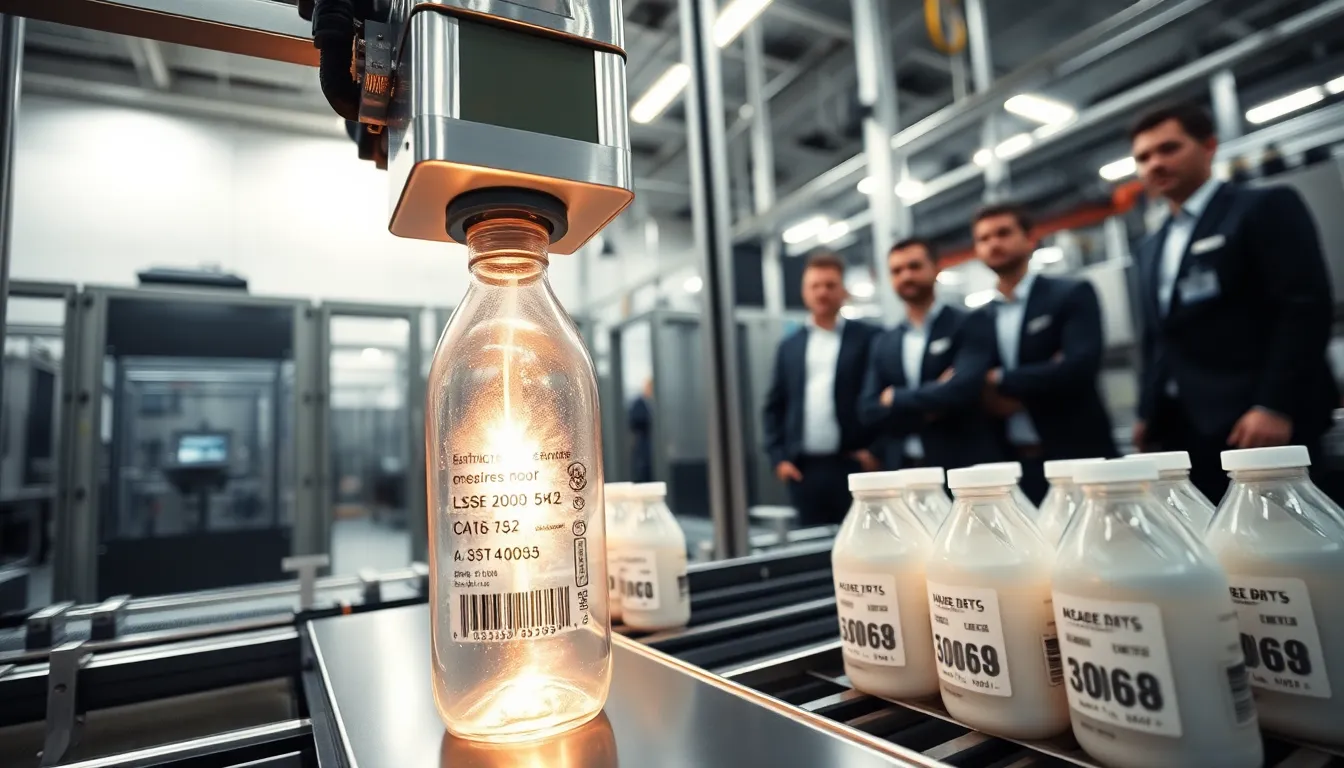In the world of manufacturing and packaging, clarity and precision are paramount. Enter the laser coding machine, the unsung hero ensuring that every product is marked with absolute accuracy. Imagine a superhero that doesn’t wear a cape but expertly etches codes onto metal, glass, or plastic surfaces with the grace of a meticulous artist. If you’ve ever wondered how your favorite snacks magically display their expiration dates or how electronics carry serial numbers, look no further. This article dives into the fascinating realm of laser coding machines, exploring what they are, their various types, applications, and why they might just be the best addition to your production line. Let’s illuminate the topic together.
Table of Contents
ToggleWhat Is a Laser Coding Machine?

A laser coding machine is a device that uses a focused beam of light to etch or mark information onto surfaces. These machines can produce high-quality codes such as barcodes, expiration dates, lot numbers, and more, all with remarkable precision. Unlike traditional printing methods, laser coding leverages thermal energy to create permanent marks. It can be utilized on various materials, including plastics, metals, and glass, making it a versatile option for many industries.
Types of Laser Coding Machines
When exploring laser coding machines, it’s vital to understand the different types available:
- CO2 Lasers: Ideal for non-metal materials like wood and plastic, CO2 lasers are among the most commonly used in packaging industries.
- Fiber Lasers: These machines are perfect for marking metal surfaces. They offer exceptional speed and efficiency, making them popular in the manufacturing sector.
- YAG Lasers: Neodymium-doped YAG lasers deliver powerful beams suitable for industrial applications, especially in creating high-contrast marks on metals.
- Diode Lasers: These are smaller, often used in medical applications, and provide a great solution for delicate tasks requiring precision.
Applications of Laser Coding Machines
Laser coding machines boast versatility in numerous applications:
- Food and Beverage Industry: Expiration dates, batch numbers, and product codes can be effortlessly marked on packaging.
- Pharmaceuticals: Safety and regulatory compliance are crucial, and laser coding ensures clear and reliable markings on bottles and blister packs.
- Electronics: Serial numbers and logos can be etched directly onto parts, providing durability that withstands wear.
- Cosmetics: Expiry dates and ingredient lists can be permanently marked on packaging, enhancing transparency for consumers.
Advantages of Using Laser Coding Machines
Why should companies consider investing in laser coding machines? Here are some compelling advantages:
- Durability: Laser marks resist fading, smudging, or peeling, ensuring that vital information remains legible for the product’s lifecycle.
- Speed and Efficiency: Laser coding machines operate rapidly, allowing for high-volume production without sacrificing quality.
- Versatility: They can mark a variety of materials, adapting to different products without needing frequent adjustments.
- Reduced Waste: As a non-contact method, there’s minimal risk of damage, leading to fewer rejected products and reduced material waste.
Choosing the Right Laser Coding Machine
Selecting the perfect laser coding machine hinges on several considerations:
- Material Compatibility: Ensure the machine can effectively handle the materials you plan to use.
- Required Speed: Assess the production speed you need to meet demand without bottlenecking operations.
- Budget Constraints: High-quality machines come with varying price points. Invest carefully based on your projected return on investment.
- Vendor Support: Choose a supplier who offers reliable customer service and technical support to assist you post-purchase.
Maintenance and Care Tips for Laser Coding Machines
Taking care of a laser coding machine is crucial for its longevity and effectiveness. Follow these maintenance tips:
- Regular Cleaning: Dust and debris can interfere with performance. Regularly clean lenses and mirrors per the manufacturer’s guidelines.
- Software Updates: Keep the machine’s software updated to benefit from improvements and bug fixes.
- Scheduled Servicing: Engage professional services for regular check-ups to prevent unforeseen issues.
- Training Staff: Ensure that the operating staff are adequately trained in handling and maintaining the equipment.
Future Trends in Laser Coding Technology
As technology progresses, so too does the field of laser coding. Anticipated trends include:
- Increased Integration with IoT: Future machines may be equipped with Internet of Things capabilities, allowing for enhanced data tracking and analytics.
- More Ergonomic Designs: With the focus on user experience, future machines will likely become more user-friendly and efficient.
- Environmentally Friendly Solutions: As industries lean towards sustainability, expect innovations that reduce energy consumption and improve recyclability.
- Advanced Customization: Consumer demand for unique codes and designs will drive the development of more versatile coding options.



